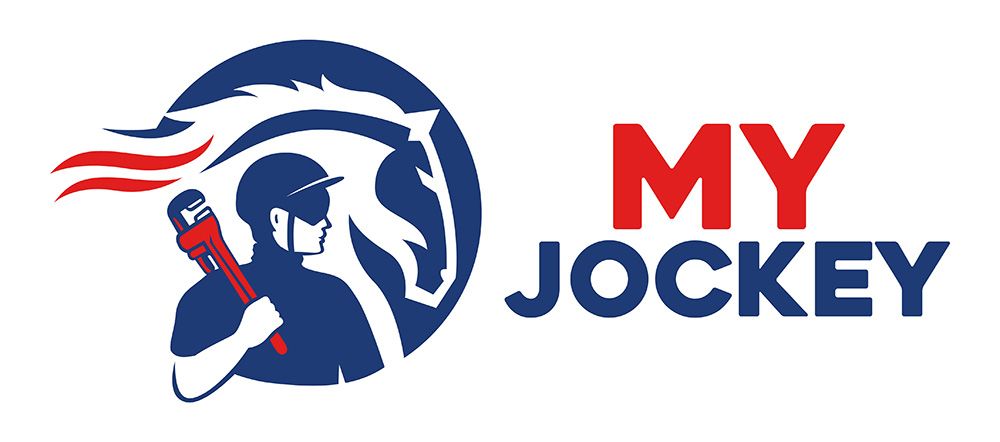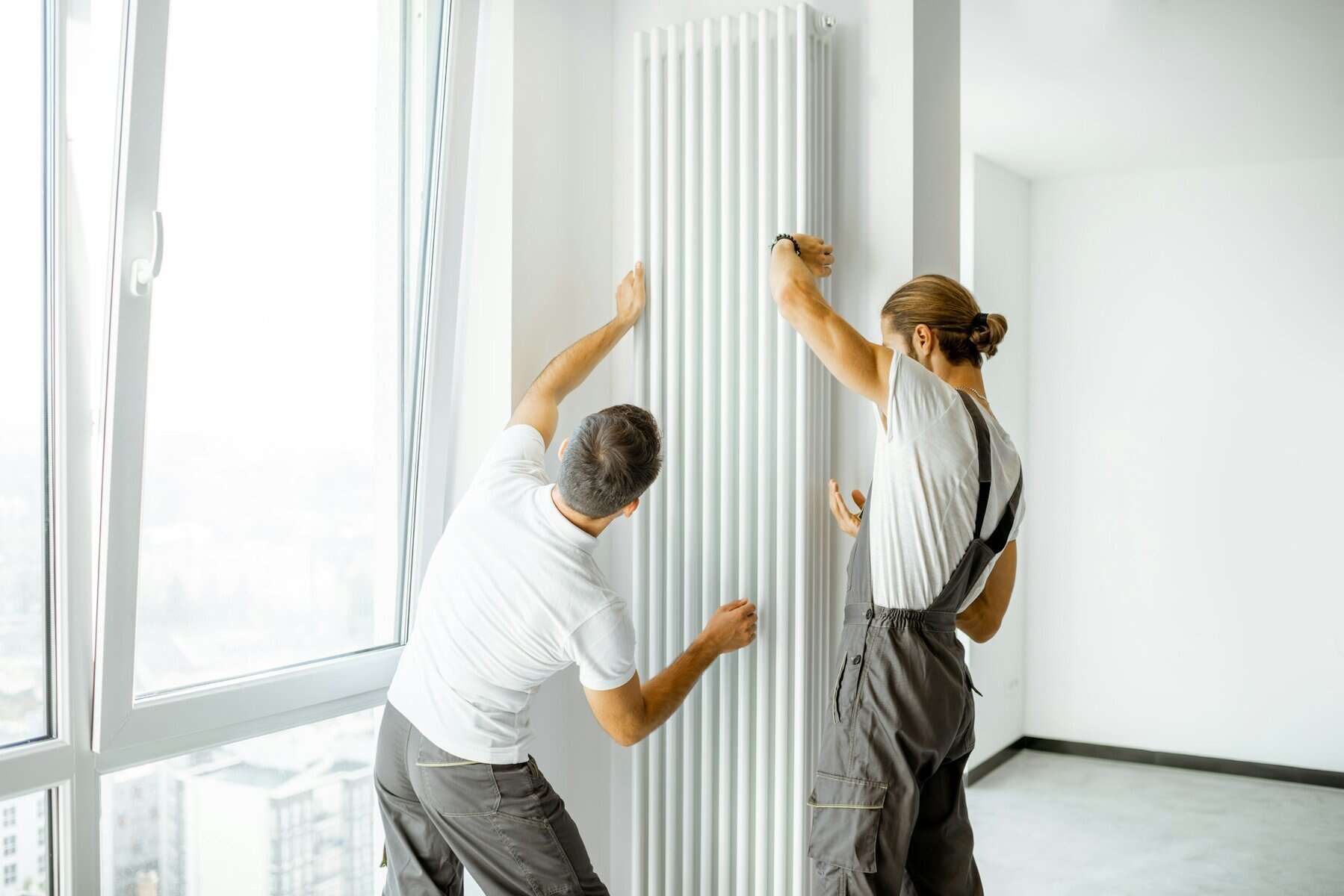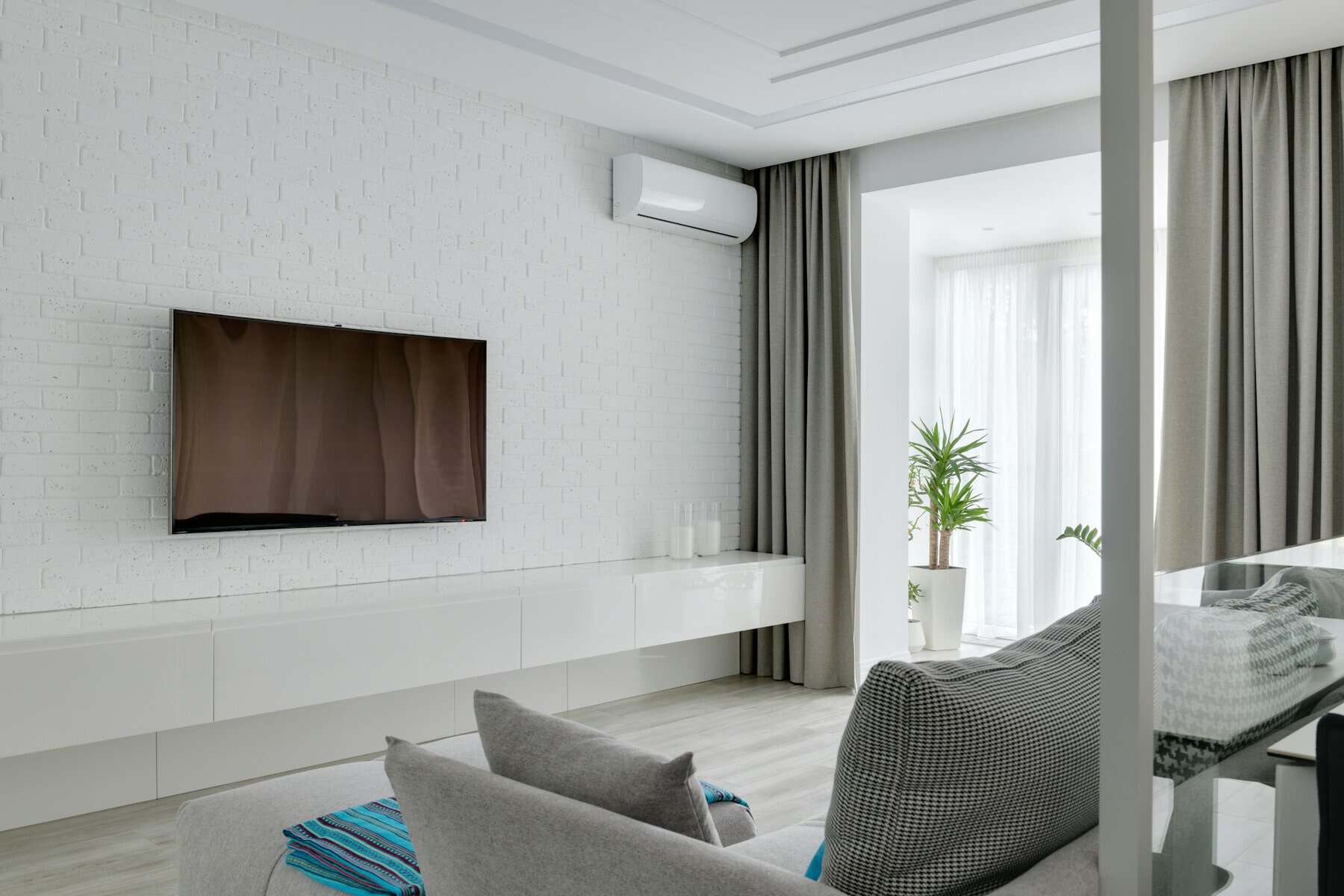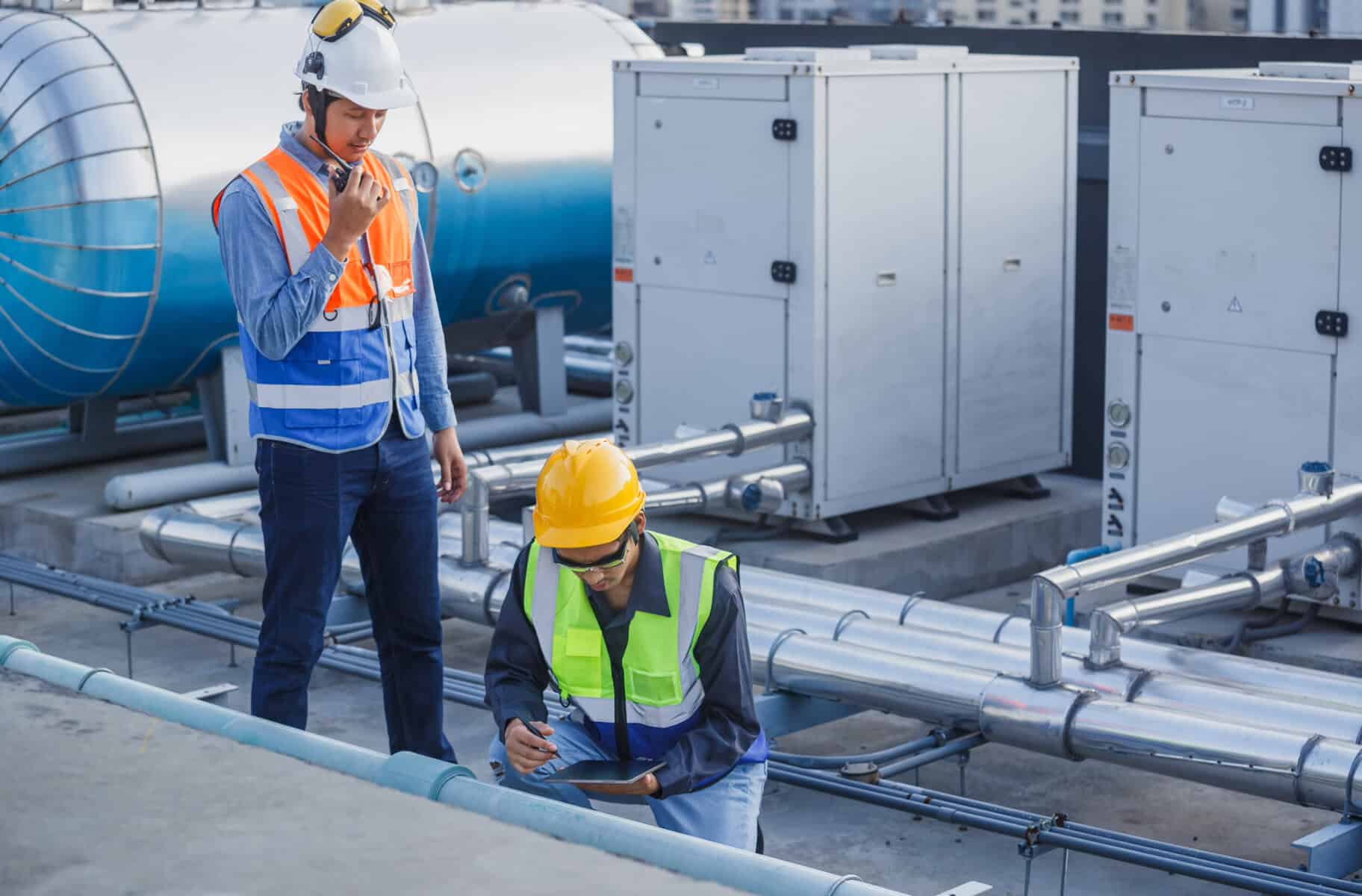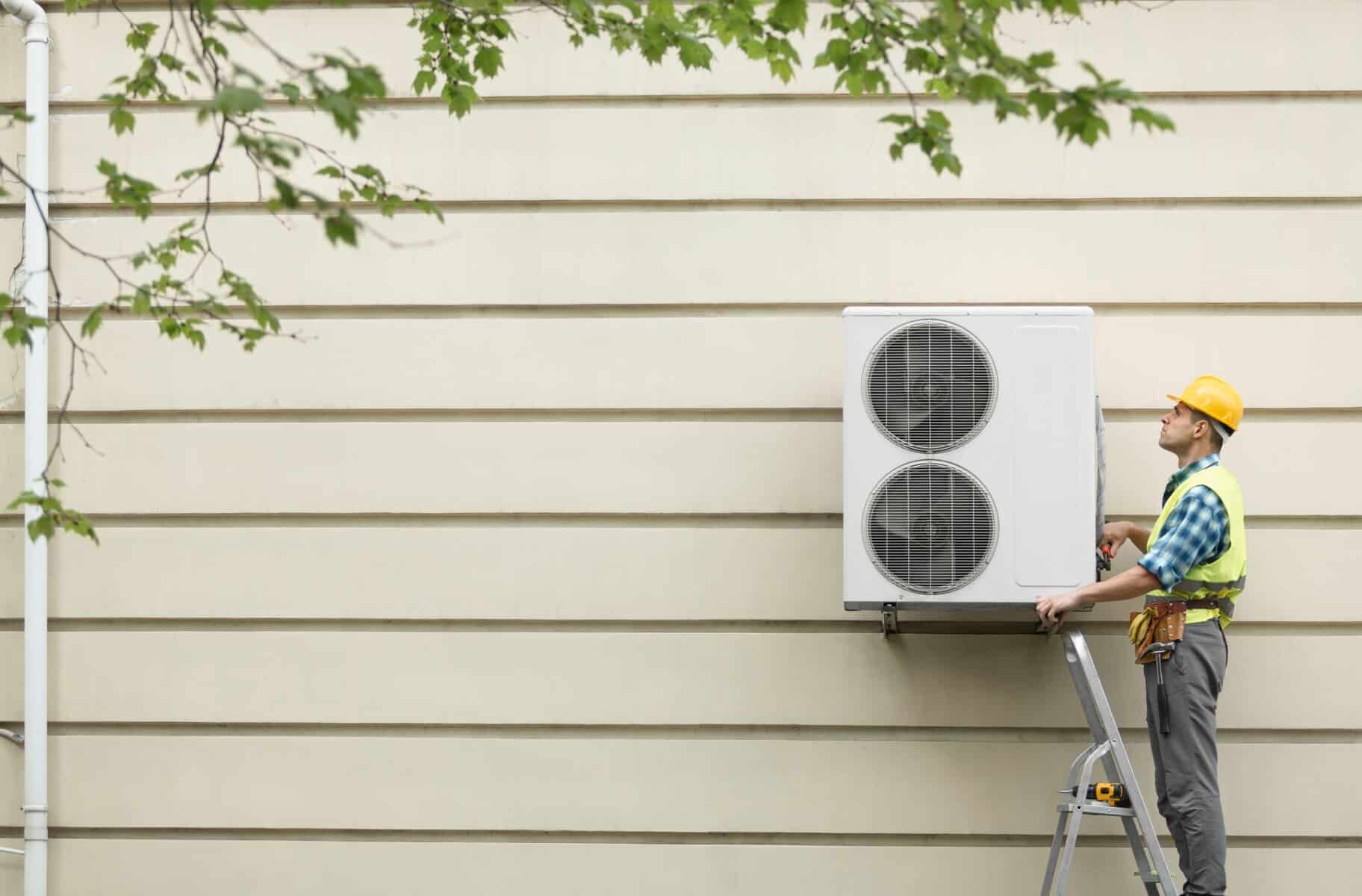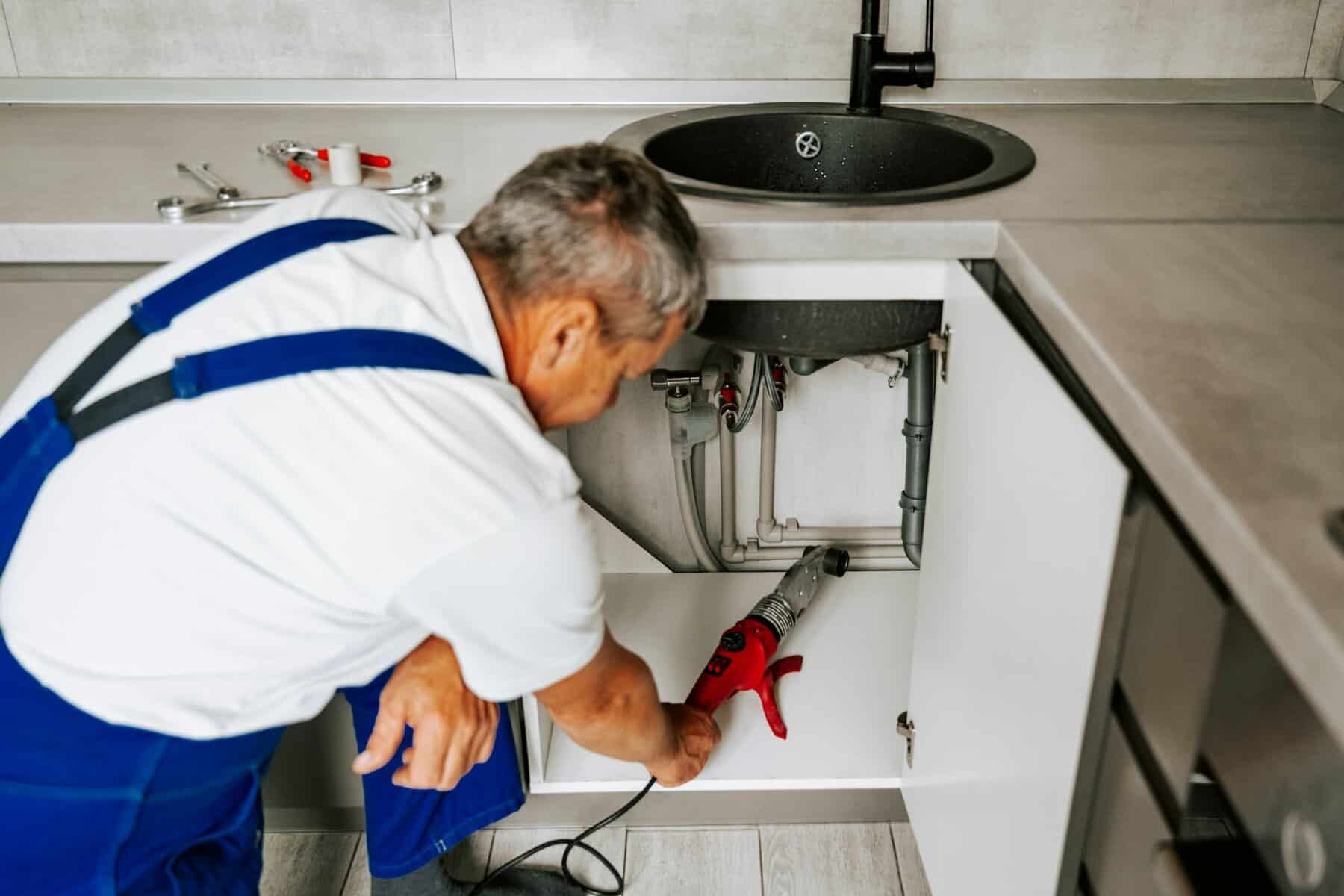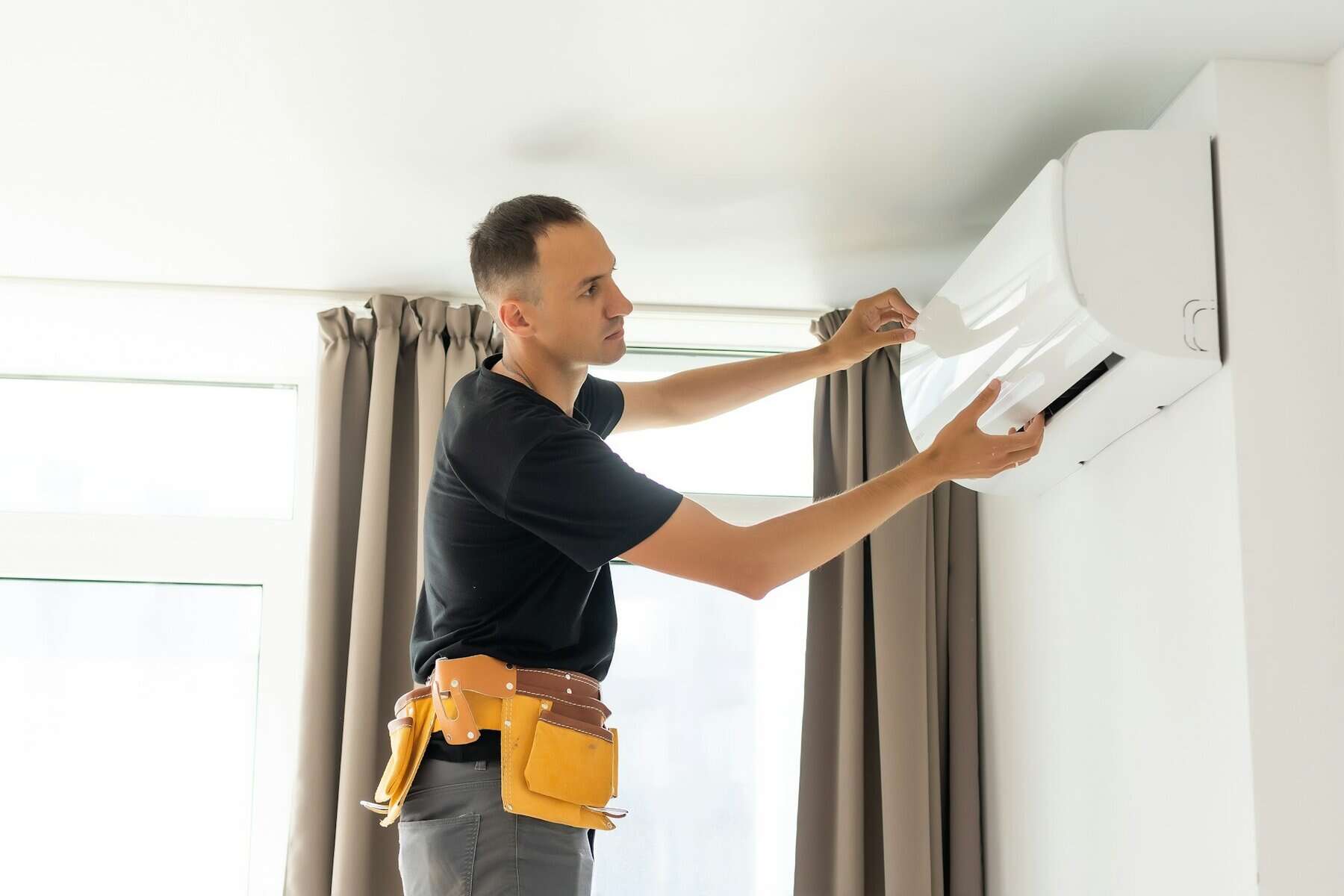As winter creeps into Saratoga Springs, New York, the drop in temperature often prompts us to think about how to make our homes warmer and cozier. While heating systems are indeed crucial for keeping houses warm, there’s another aspect of indoor comfort that deserves attention: humidity. Managing the moisture level in your home is not just about comfort; it significantly impacts health, energy costs, and the condition of household items.
Furnace humidifiers play a pivotal role in maintaining indoor moisture, especially in cold climates where dry air is common. They work to add just the right amount of moisture to the air, creating a more balanced and pleasant indoor environment. So, if you’re tired of dealing with dry skin, static electricity, or creaky hardwood floors, a furnace humidifier can make a tangible difference in your home life.
Understanding Furnace Humidifiers
Furnace humidifiers are devices connected to your heating system designed to regulate indoor humidity levels. The main goal is to strike a balance, avoiding air that’s too dry or too moist. Here’s how they work: as the heated air passes through the furnace, the humidifier adds moisture to it. This humidified air then circulates throughout your home, keeping humidity at a comfortable level.
There are several types of furnace humidifiers available, and each has its own unique method of operation:
– Drum Humidifiers: These use a rotating drum that lifts a foam pad from a water reservoir, humidifying the air as it passes through.
– Flow-Through Humidifiers: These types use a constant flow of water that trickles down an aluminum pad. Think of them as having a built-in filter that catches minerals and keeps the air fresh.
– Steam Humidifiers: This variant boils water to create steam, which is then distributed via the home’s duct system.
Choosing a type involves considering factors like water usage, maintenance needs, and installation requirements. Each model has its benefits, but understanding how they work can help you determine which is best suited for your home climate needs.
Benefits of Using Furnace Humidifiers in Cold Climates
Maintaining the right humidity level in your home during winter offers a wealth of benefits that would make anyone’s life a bit easier. Here are a few ways a furnace humidifier can help:
1. Health and Comfort: Proper humidity prevents dry skin, sore throats, and even the spread of some winter illnesses. It also keeps annoying issues like static electricity at bay.
2. Energy Efficiency: When the air is humid, it feels warmer, which means you can set your thermostat a little lower without sacrificing comfort. This can lead to lower heating bills and a more energy-efficient home.
3. Preservation of Household Items: Wooden furniture, floors, and musical instruments can crack or warp in dry conditions. Keeping the air adequately moist helps protect these items, preserving their beauty and functionality.
Picking the right furnace humidifier can make your winter months cozy and problem-free. With the right setup and maintenance, you can enjoy all these benefits while ensuring your home stays comfortable and inviting throughout the long, chilly season.
How to Choose the Right Furnace Humidifier for Your Home
Selecting the ideal furnace humidifier for your living space involves a few key considerations. First, you’ll want to think about the size of your home and how much coverage you need. Larger homes may benefit from a higher-capacity model, while smaller spaces can do just fine with more compact units. It’s smart to consult a professional who can assess your specific needs based on the layout and size of your home.
Next, consider how each type of humidifier would fit with your lifestyle. Drum humidifiers might appeal to those who prefer simple, mechanical options and don’t mind regular upkeep. Flow-through models could be more suitable for individuals looking for low maintenance, as they tend to require less frequent cleanings. Steam humidifiers are an excellent choice if you prioritize quick and efficient humidity control but keep in mind they tend to use more energy.
– Home Size: Make sure the model you choose matches your space’s needs.
– Maintenance Preferences: Decide whether you prefer more hands-on care or a set-it-and-forget-it kind of unit.
– Energy Consumption: Some units consume more energy, so weigh the efficiency versus utility costs.
Professional installation ensures that your system works optimally and safely within your existing HVAC setup. Regular maintenance also keeps the humidifier working efficiently, preventing the risks that come with neglect, like mold buildup or system inefficiencies.
Common Issues and Troubleshooting Tips
Understanding common problems with furnace humidifiers and how to handle them can save you headaches down the line. One frequent issue homeowners encounter is inadequate humidity levels. This might happen because the humidifier isn’t working at full capacity, or there might be a problem with the water intake.
Regular inspections can prevent such problems:
– Check Water Supply: Ensure that the water supply line is clear of clogs, and the intake valve is functioning.
– Inspect Humidifier Pads: Pads should be changed or cleaned periodically to maintain good moisture levels and avoid bacterial growth.
– Monitor Humidity Levels: Use a hygrometer to keep an eye on humidity levels, adjusting the humidifier setting as needed.
Other issues could be related to electrical faults or buildup of mineral deposits, both of which may require expert attention to resolve properly.
Why You Should Consider Furnace Humidifier Services in Saratoga Springs
Engaging in regular furnace humidifier services is key to maintaining an efficient system that keeps your home comfortable throughout the long winter months. A well-maintained humidifier doesn’t just improve your home’s comfort; it also protects your investment in your HVAC system by minimizing wear and tear.
Professional services in Saratoga Springs are equipped with local knowledge and expertise, offering personalized advice tailored to the specific climate challenges faced by the region. With years of experience in addressing the needs of residents, these experts can handle everything from installation to intricate repairs, ensuring that every component of your system performs optimally.
Maintaining proper humidity through a reliable furnace humidifier is not just a luxury; it’s an integral part of winter home care in places like Saratoga Springs. By choosing the right equipment and keeping it well-maintained, you ensure a cozy, comfortable, and energy-efficient home during the cold months. This makes the investment in furnace humidifiers worthwhile for anyone looking to enhance their indoor living environment.
If you’re encountering issues or simply want to ensure your system is functioning at its best, it might be time to explore professional help. My Jockey is here to assist with all your heater needs. Learn how our furnace humidifier service can help create a cozier, more balanced indoor environment this winter. Reach out to us today.
